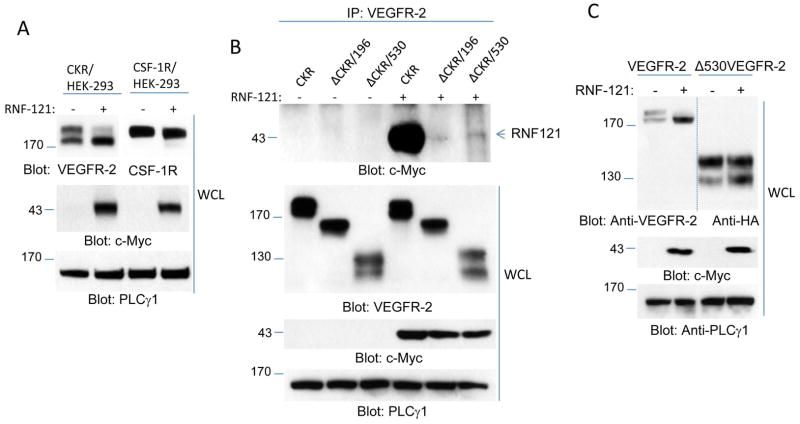Figure 4. RNF121 binds to cytoplasmic domain of VEGFR-2.
(A) HEK293 cells co-expressing chimeric VEGFR-2 (CKR) with empty vector (-) or RNF121 (+) and HEK293 cells co-expressing CSF-1 receptor (CSF-1R) with empty vector (-) or RNF121 (+) were lysed and whole cell lysates (WCL) was subjected to immunoblotting for VEGFR-2, CSF-1R, and RNF121 (anti-c-Myc antibody) or loading control, PLCγ1. (B) HEK-293 cells expressing CKR, or C-terminus truncated CKR (ΔCKR/196, and ΔCKR530, whereas 196 amino acids and 530 amino acids were deleted, respectively) were transfected with empty vector or with myc-RNF121. Cells after 48 hours transfection were lysed and whole cell lysates was subjected to immunoprecipitation using anti-VEGFR-2 followed by immunoblotting with anti-c-Myc antibody for RNF121. Whole cell lysates from the same group of cells were blotted for VEGFR-2, RNF121 and loading control. (C) HEK-293 cells expressing wild type VEGFR-2 or C-terminus truncated VEGFR-2 (ΔVEGFR-2/530) were transfected with RNF121 or control vector. Cells were lysed after 48 hours and whole cell lysates was blotted for VEGFR-2, RNF121 and loading control protein. Blots (A–C) are representative of at least three independent experiments.

